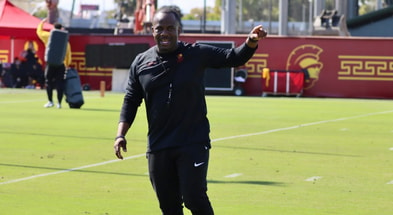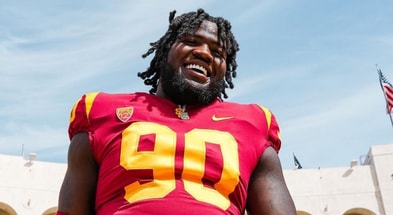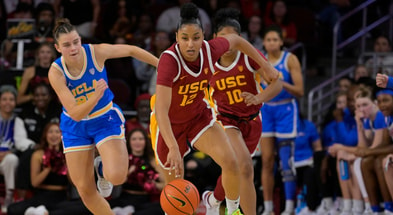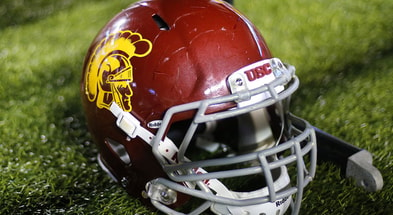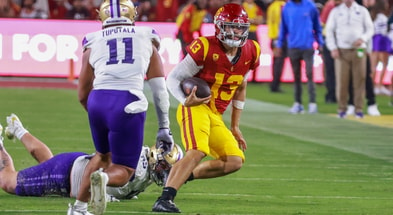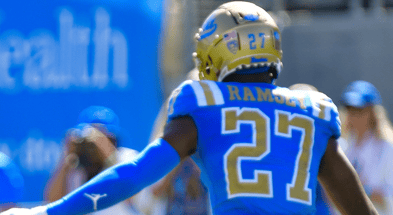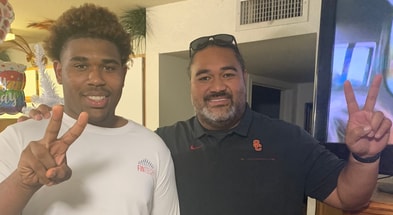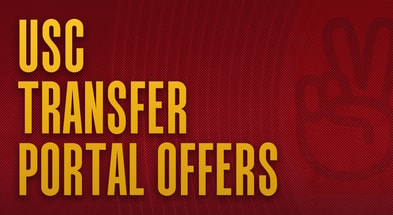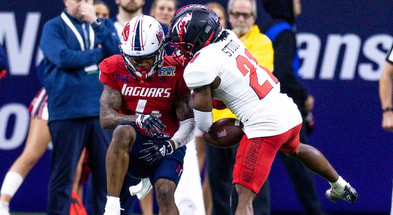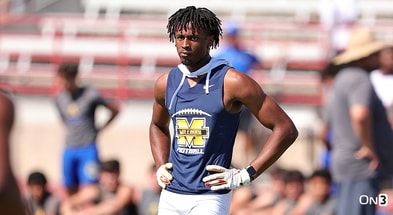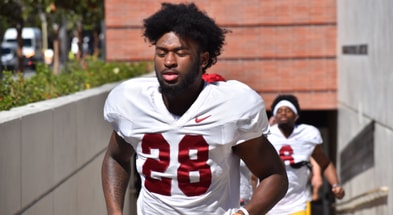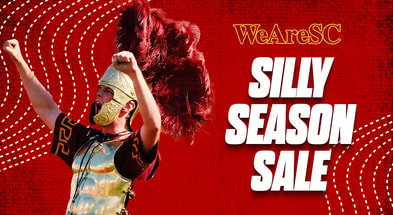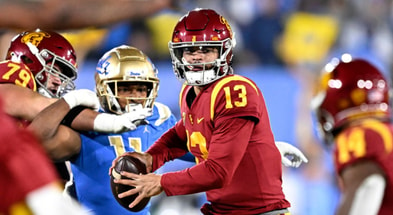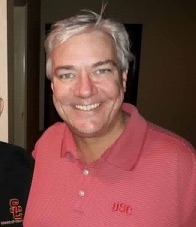Trojan football players set to benefit from USC, INFLCR, when NIL rules are set
So much attention recently has been paid to developments regarding the 2020 college football season, but the conversation surrounding Name, Image and Likeness hit another level as well. There are still a number of questions that need answers about how this will ultimately be implemented and the full abilities student-athletes will have in order to profit from their name, image and likeness. But after a partnership signed with INFLCR earlier this year, USC has an eye toward making sure its student-athletes are able to take full advantage when the time comes and USC football players especially should benefit.
The clock is ticking on getting uniform rules governing Name, Image, Likeness in place. Florida has a bill set to go into effect on July 1, 2021. The hope from the NCAA is that Congress will pass a Federal NIL bill before then, so schools aren’t dealt advantages and disadvantages based on their state rules. But the NCAA is working on plans concerning NIL language for all three divisions that must in in place by November, so they can be voted on in January.
Many questions still exist regarding things like autograph sessions, the use of school logos and what kinds of businesses student-athletes can endorse. But where USC and many other schools have focused their attention is student-athlete branding through social media. One key factor to keep in mind is that student-athletes won’t be getting paid any money by the school, and potentially won’t even be able to use the school’s name or logo in paid events or posts. But no matter what those rules end up looking like, there will still be a synergy between player and school when it comes to NIL.
To that end, earlier this year USC partnered with INFLCR, a company that, in part, curates and distributes internal and national media–photos and videos–accessible by USC players, coaches and staff. They are then able to share that content to their social media, with the ability to measure audience engagement.
For USC, it’s a way to engage fans in the hopes of increasing attendance, fundraising and recruiting. For USC student-athletes, it should be the most direct way to capitalize on NIL.
According to INFLCR, based only on Twitter and Instagram followers and posts, the 2019 USC football roster held an audience valued at $680,000 annually.
That was led by Michael Pittman, who could have commanded $4,400 per social media post late in his his USC career.
“Social media is going to be the key driver for student-athletes to monetize their name, image and likeness,” said INFLCR founder and CEO Jim Cavale. “It will be the simplest and most convenient means for them to create value for themselves. For athletes in a program like USC, competing in a market like Los Angeles and in a conference like the Pac-12, these opportunities could be substantial sources of income for players.”
USC has begun using NIL in recruiting pitches to recruits in the 2021 and 2022 classes, and USC’s strong brand and location would provide a boost for those athletes given the Los Angeles market.
Pittman would have been a bit of an outlier on that USC team, as Austin Jackson’s 23,300 Instagram and Twitter followers would have netted him $718 per post according to INFLCR’s formula. In addition to those two, 15 other Trojans had a social media following large enough to be valued at $10,000 annually. Cornerback Chris Steele has 14,100 followers on Twitter alone. Defensive tackle Trevor Trout has nearly 9,000, as he’s built a brand already through the Elite Media Group he founded.
This is not something, however, where all posts are created equally and those with any number of followers can earn money this way.
“Players are going to want to have the opportunity to monetize their social-media accounts, but that won’t just happen automatically,” Cavale said. “All audiences are not created equally. Their social-media activity should have the goal of telling their story authentically and organically to engage the audience. This is what makes an athlete appealing to a brand.”
Pittman and Jackson–and other Trojans, with cornerback Isaac Taylor-Stuart being one of them–have been able to build their brands with editorial storytelling activity, which is a key phrase used by INFLCR when it comes to developing a brand and calculating potential future earning.
That’s where USC’s status as a renowned university and their willingness to push to help their student-athletes in this regard will pay off. In August, USC’s main Athletics Department’s social media accounts (Twitter, Facebook, Instagram) drew 227,000 interactions–the third most among any school and trailing only Texas and Notre Dame.
“USC student-athletes have incredible stories to tell,” said USC Deputy Athletic Director Paul Perrier when the agreement was first announced. “Our partnership with INFLCR will empower all of our student-athletes to share their experiences, and give our community of fans and recruits a look behind-the-scenes at their journeys as Trojans.”
